In October 2020, an art collector named Pablo Rodriguez-Fraile bought a 10-second video art piece for $66,666.66. In February of 2021, he resold it for $6.6 million. You might not have heard of the artist who created the video a year ago, but chances are, you’ve heard of him since. By March, Mike Winkelmann, known professionally as Beeple, had sold an NFT for $69 million through Christie’s, sparking a massive frenzy around digital artwork and cryptocurrency.
NFTs or “non-fungible tokens” are unique digital assets that exist on a blockchain or decentralized ledger. For art collectors, NFT technology provides proof of authenticity, making it possible for people to “own” digital artworks, including photos, videos, gifs, memes, music, and much more. Even if identical copies of the same work are available for free online, only one “original” (or a limited edition of originals) exists, creating scarcity and value. Understandably, the NFT craze has given birth to a whole new era of art collecting.
While some collectors buy NFTs purely for personal enjoyment, many see NFTs as speculative assets, buying in the hope that they will appreciate in value over time. This value often depends on the cultural zeitgeist, the status of the artist, or the rarity of the work—much like you would expect with fine art prints. An NFT is worth what people are willing to pay for it, with that value fluctuating over time. While risk is always inherent in art collecting, there’s also the potential for reward. Here are just a few tips to consider when making an investment.
Tip #1: Collect what you love
In many ways, NFTs are still highly speculative, so it’s best to start by investing in artists and photographs you love and will continue to enjoy regardless of whether or not their value soars or plummets in the future. There’s a saying in the traditional art world: “Buy with your eyes, not with your ears.”
That is, avoid paying too much attention to “the flavor of the week” (or those big-number headlines) and instead spend your hard-earned money on an artist that you connect with and a picture that brings you pleasure. Buy an NFT first because you want to own it, not because you think it’ll make you money. While there are certainly ways to predict how an asset might behave over time, it’s never guaranteed that it’ll hold its value.
Tip #2: Research the photographer
With that being said, anyone can mint an NFT, so it can take time to find the right photographer to support or invest in. Learn as much as you can about the artist’s story and career thus far. Feel free to reach out to the artist, if you can, and ask questions about the picture or series that sparked your interest. If you believe in an artist, you can invest in more than one asset of theirs, potentially becoming an authority on their work.
An important detail to look for is whether the artist or project has an existing community and following, which can provide valuable information—especially if you plan to flip the artwork. Feel free to get involved in the conversation through Twitter and Discord, and connect with artists and other collectors.
You can also check the prices of other artworks sold (i.e., the recent transactions by the same artist) and the number of sales made. Thanks to the blockchain, this info is public and readily accessible. Any investor will tell you that past performance is not necessarily an indicator of future sales, and not all growth will be sustainable, but knowing an artwork’s history can provide some more context for your consideration.
Tip #3: Start small (and consider buying options)
While we’re used to seeing headlines about collectors spending huge sums of money on NFTs, we recommend starting (much) smaller with more affordable artworks. If you love an artist but can’t afford to buy a piece, you might have another option: fractionalization. The premise here is simple: instead of one person paying a fortune to own an artwork, several collectors pay a smaller price to own a piece of the work. Ownership of the artwork is shared and split across the group, similar to what you’d expect from buying shares in a company. This idea actually isn’t totally new to the art world, as emerging collectors will often team up and buy as part of a group, but this is a fresh use of this principle.
Tip #4: Consider the provenance
As with any work of art, the history of ownership will likely play a role in the value of an NFT. NFTs still contain unknowns, but in the traditional art world, an object might be worth more if it was part of a historically significant collection. There are already a few of these in the NFT space, with big-name collectors like WhaleShark, Colborn Bell, or Pablo Rodriguez-Fraile leading the way. NFTs from these high-profile collections are likely to be cost-prohibitive, but by following collectors you love with a collection that fits your price point, you might discover hidden gems.
Tip #5: Look for added value
Many artists and marketplaces will offer “unlockable content” associated with their NFTs, which can provide increased value to the collector. This “bonus” content can be physical artworks, such as fine art prints, or digital in nature, such as behind-the-scenes videos or high-resolution files. Artists might even offer real-world perks to NFT buyers—perhaps in the form of exhibition invitations, a studio visit, or something else entirely. These are all factors to keep in mind when investing in an NFT: What else, besides the token itself, will you get when you buy?
Tip #6: Mind the details
In the traditional art world, a trained and qualified appraiser might examine the object in-person to determine its condition and, therefore, its value. Of course, that would be impossible with an NFT, though there are some things you can weigh to determine the quality of the asset. Many of these details are similar to what you’d look for in a file you plan to print or display: you want it to be high-resolution, and you want a high-quality file format.
One more thing: NFTs represent records of ownership that are attached to digital assets, so it’s essential to know how and where the actual asset or object is stored. In most cases, they’ll be stored off-chain. If you buy an NFT from a hosting platform that then closes up shop, you could end up with a token representing a nonexistent file. For that reason, we recommend buying from established, reputable platforms that are likely to be around for years to come. As the market evolves, these questions about conservation and long-term archival possibilities in the NFT space will continue to arise.
Displaying your collection
One mistake new collectors make, in the traditional and digital art space, is investing in tons of assets without anywhere to showcase them. But as crypto art has exploded in popularity, collectors have looked for new and innovative ways to display their collections, both in the real world and in the virtual space, so that’s something to consider before investing. Some see Cryptovoxels, a metaverse that runs on the Ethereum blockchain, as the future for virtual art galleries. In this virtual world, you can buy land for art galleries or shops.
Keep in mind that unless the photographer has explicitly signed away the copyright to a work (and this is rare), it remains with them. It’s important to read and understand any contractual obligations or licensing restrictions associated with your NFTs, so go through the contract carefully to see how and where you’re allowed to display or present the work. Often, it’ll be for personal, non-commercial use.
You can get creative with displaying your NFTs in the real world too. Paris Hilton, for example, uses screens to display her NFTs at home. Machine Hallucinations: Coral by the artist Refik Anadol, exhibited at Art Basel Miami Beach in December, sold for $851,130, with the collector receiving a video of the work and a customized supercomputer needed to display it properly. Depending on your collection, you might opt for tech designed for displaying NFTs, such as digital photo frames or digital canvases.
Join the Vault waitlist to get early access and be the first to find out how you can create, buy, sell, and earn.
The post What to consider when collecting NFTs: Appraisals and investments appeared first on 500px.
[NDN/ccn/comedia Links]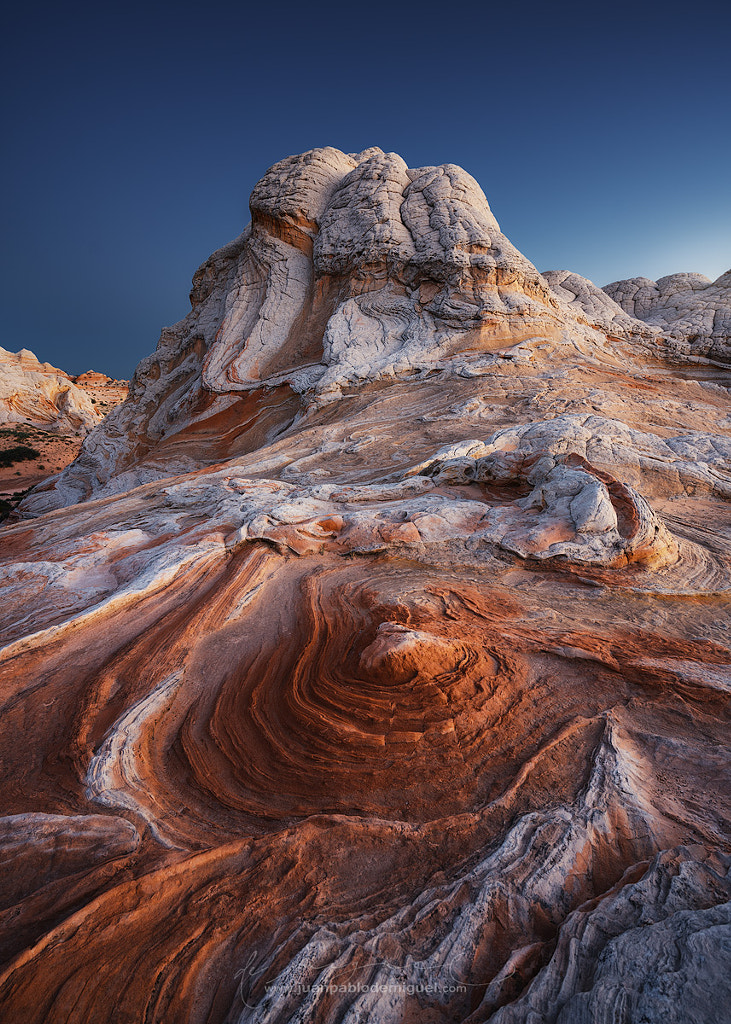
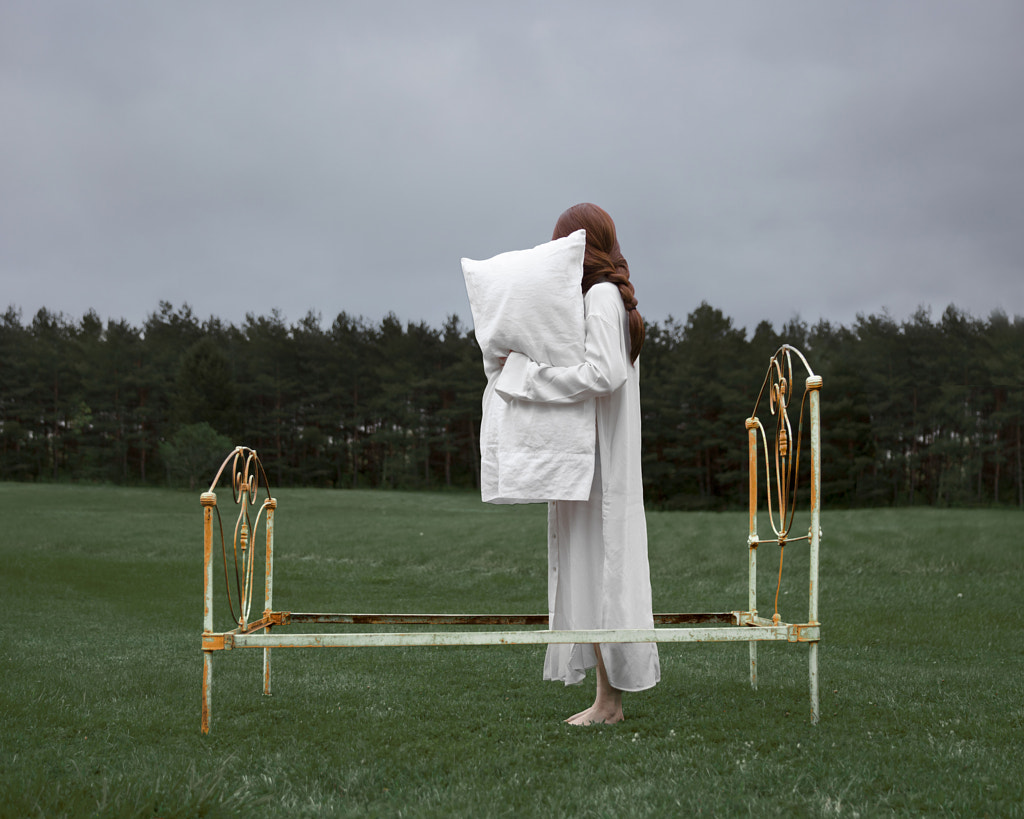
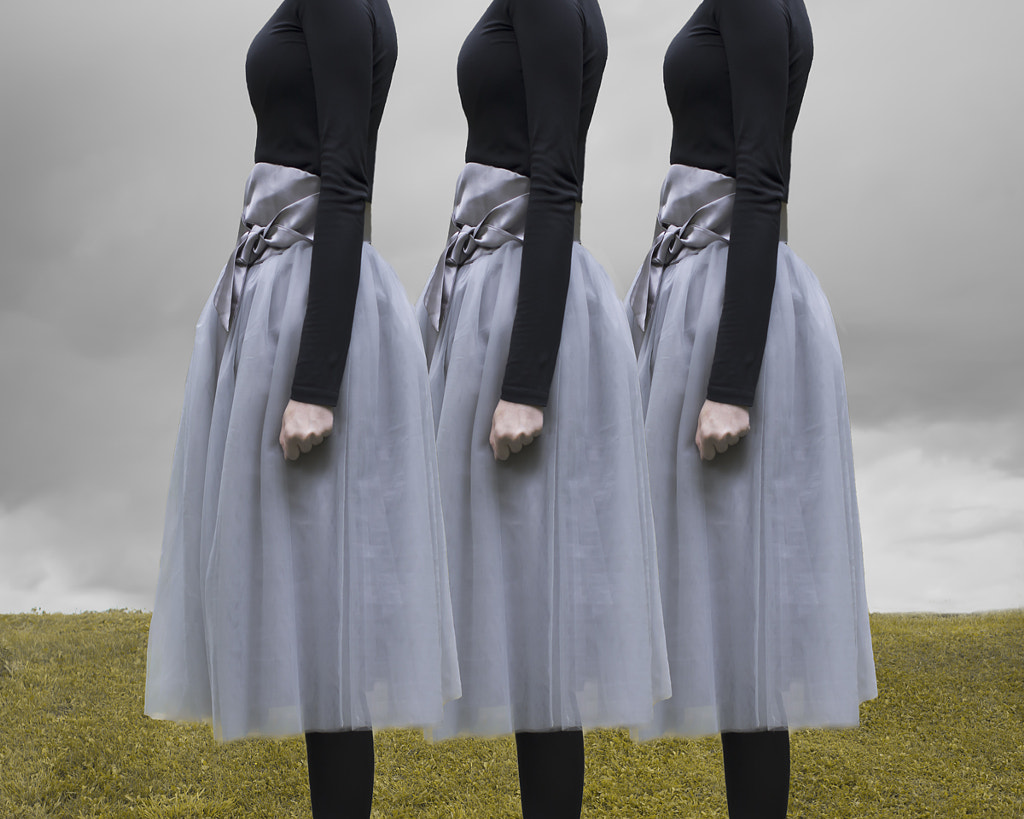
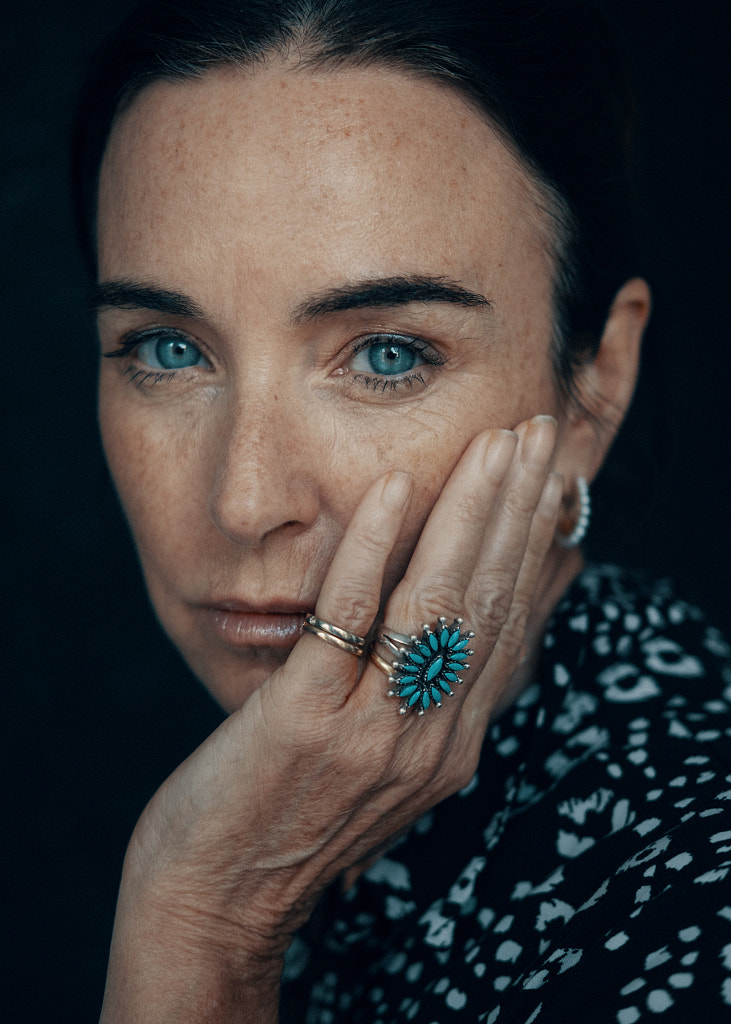


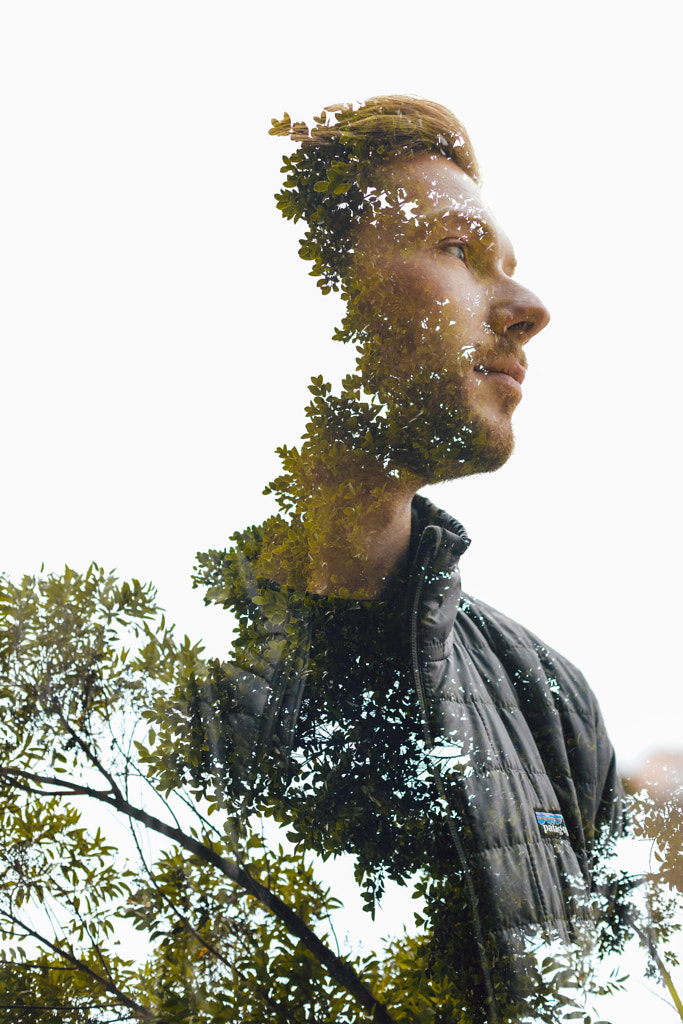
No comments:
Post a Comment